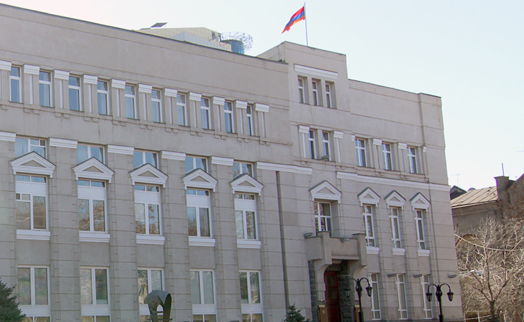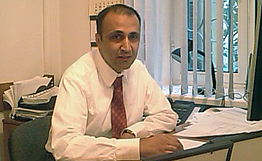YEREVAN, May 22. /ARKA/. The total liquidity rate of Armenia’s banks (high-liquidity assets/total assets) stood at 24.1% in late March after shedding 0.9 percentage points over the month, the Central Bank of Armenia reports at its website.
Armenian banks’ liquidity indicator dropped nine percentage points over the last five years to its record low in March.
The banking liquidity indicator sank faster in December 2014 than before mainly because of the central bank raised the obligatory reserving rate in foreign currencies for commercial banks from 12% to 24%.
This indicator went 0.9 percentage points down in December 2014 to 25.1% and to 24.5% in January, while in February it slightly rose to 25%, but in March it again fell to 24.1%.
Now the obligatory reservation in foreign currencies is lowered to 20%, but it is still a high rate, which may exert pressure on Armenian banks’ liquidity.
Besides, this situation is aggravated by the fact that amid a sharp devaluation of the dram, foreign currency reserves are filled with drams.
In this connection, Armenian banks raised interest rates on deposits in drams. In particular, the interest rate on up-to-one-year deposits in drams was raised 4.26 percentage points to 15.21%.
In January 2015, some Armenian banks, being in want of liquidity, limited their lending to extending loans only to their clients.
Nevertheless, despite the liquidity fall, the country’s banks have their total liquidity indicator 15% and current liquidity indicator 60% exceeding the regulator-set norms.
ARKA News Agency’s analysis shows that only seven of Armenia’s 21 banks had their liquidity increased by late March.
The total liquidity indicators at five banks – Artsakhbank, Armbusinessbank, ProCredit Bank, Anelik Bank and BTA Bank – ranged between 15.68% and 16.79% by the end of the first quarter.
Twelve banks had their indicators ranging from 18.63% to 28.56% in late March. They are Armenian Development Bank, VTB Bank (Armenia), Prometey Bank, Ameriabank, Unibank, ACBA-CREDIT AGRICOLE BANK, Byblos Bank Armenia, Inecobank, Ardshinbank, ConverseBank, Areximbank-Gazprombank Group and Armeconombank.
HSBC Bank Armenia, Araratbank, ArnSwissbank and Mellat Bank had their indicators ranging between 30.59% and 60.73%.
According to the central bank, current liquidity indicator (high-liquidity assets/demand liabilities) shed 5.5% to 137.1% in March 2015 after some increase in February.
Liquidity shows banks’ ability to ensure complete fulfillment of its liabilities on time.
Corporate and individual deposits constitute a major factor that determines banks’ liquidity degree.
Liquidity management is aimed at prevention of both excess and shortage of liquidity, since excessive liquidity can affect bank’s profitability and scant liquidity can make them insolvent. –0–








